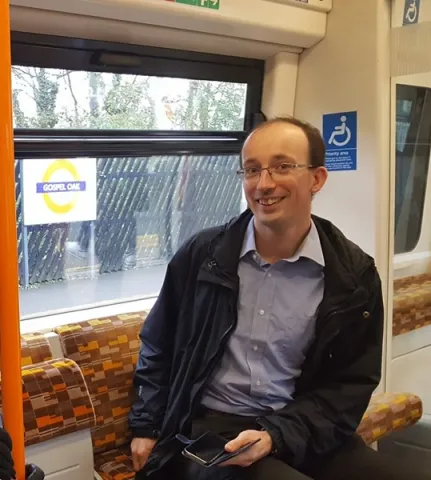Project overview
Railway noise and vibration are persistent challenges, disrupting communities near rail lines and impacting public health. Traditional noise prediction models often overlook complex factors, such as curve noise and multiple wheel-rail contact points, leading to inadequate mitigation strategies.
Additionally, current vibration prediction methods lack precision in urban environments, where the impact is most severe. These gaps hinder efforts to create quieter, more sustainable rail systems.
The EU-funded QuieterRail project aims to revolutionise how railway noise and vibration are predicted, mapped, and mitigated. By enhancing existing models, developing new tools, and testing innovative technologies, QuieterRail seeks to provide cost-effective solutions that reduce these environmental impacts, ultimately improving the quality of life for those living near railways.
Additionally, current vibration prediction methods lack precision in urban environments, where the impact is most severe. These gaps hinder efforts to create quieter, more sustainable rail systems.
The EU-funded QuieterRail project aims to revolutionise how railway noise and vibration are predicted, mapped, and mitigated. By enhancing existing models, developing new tools, and testing innovative technologies, QuieterRail seeks to provide cost-effective solutions that reduce these environmental impacts, ultimately improving the quality of life for those living near railways.





